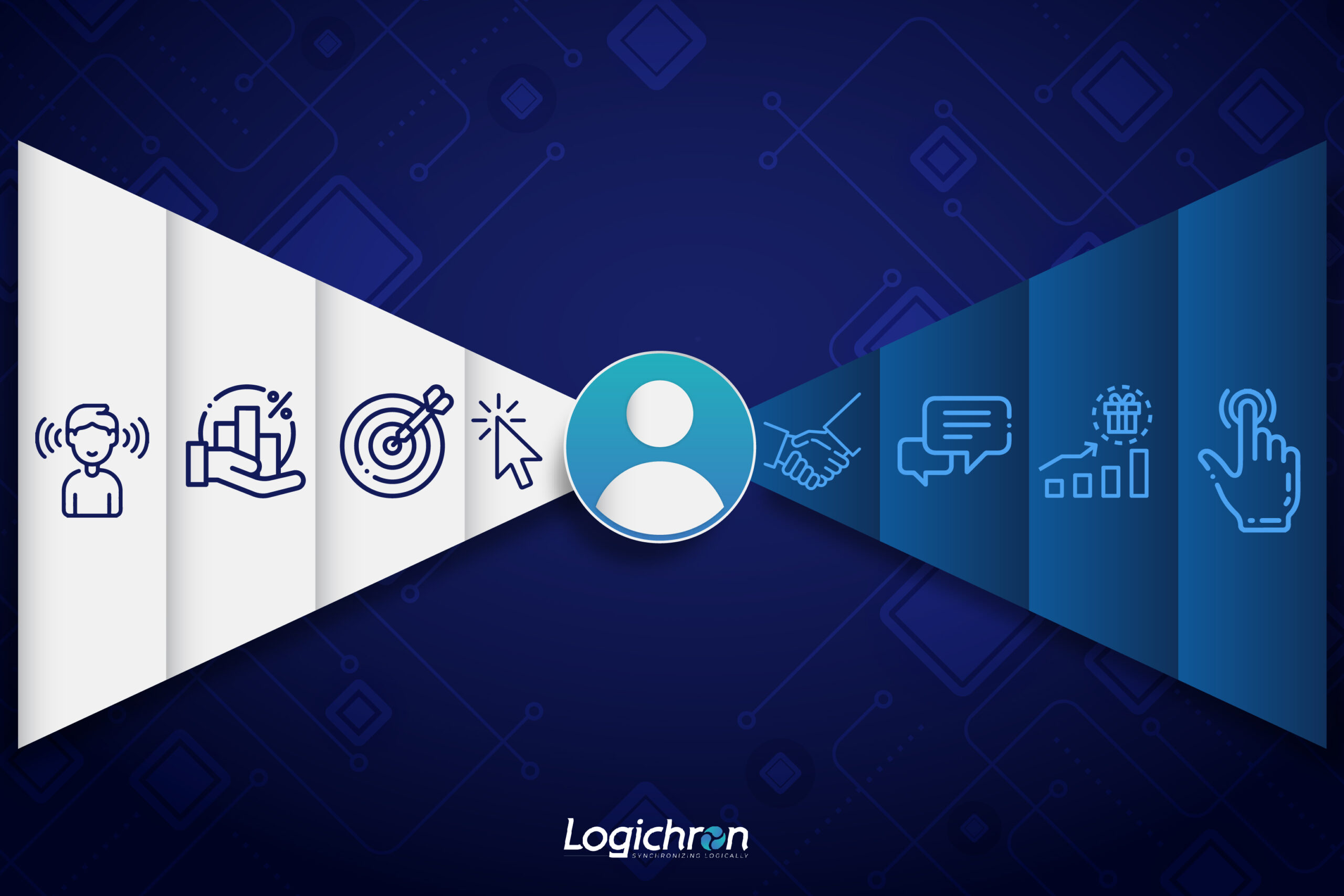It’s easy to get confused when choosing between Demand Generation and Lead Generation, as a better strategy to increase the supply and demand of your company’s services. They both have similar characteristics, but each method’s objectives and strategies are unique. Demand generation strategies include brand awareness and providing quality information whereas B2B Lead generation strategies are a more concentrated endeavor aimed at turning opportunities into qualified leads that can be nurtured into consumers.
Understanding both will therefore assist you in developing a more successful marketing plan which will benefit your business.
What is Demand Generation?
Demand generation programs are data-driven marketing techniques that use technology to raise awareness and demand for a company’s products and services. According to Hubspot 44% of marketers claim that better measuring the ROI of B2B demand generation initiatives should be the top priority for 2021.
This is achieved via a step-by-step, systematic process that often involves entire marketing departments. Demand generation services provide awareness and interest in your product or service which can be carried out via various platforms such as social media posts, videos, websites, infographics, PPC advertising, and other social media events.
Demand generation campaigns or programs can benefit an organization in reaching new markets, promoting their product features, creating consumer awareness, and generating publicity.
Process of Demand Generation
Generating demand for a company’s products or services is one of the most complex issues for new ventures, mainly startups and other businesses operating in crowded markets. It starts with audience identification, followed by guiding prospects through a funnel that addresses each stage of the conversion process.
So, what exactly does “demand generation” imply, and how does it help expand your business? Here is how-
-
Customer Awareness:
Businesses should attempt to increase brand awareness and should concentrate on marketing the product rather than anticipating sales in return
-
Sense of Curiosity
If you believe your product is truly valuable, strive to emphasize the advantages of your product and allow it to pique customers’ interest.
-
Market Placement
In the market, your product should be well-positioned by demonstrating its dependability, acceptability, and benefits. It’s simple to draw new customers once your product has established itself in the market.
-
Ratings and Feedback
In the market, your product should be well-positioned by demonstrating its dependability, acceptability, and benefits. It’s simple to draw new customers once your product has established itself in the market by showcasing what makes you stand out from the competition
All of the approaches used to build and cultivate long-term consumer relationships are supervised by demand generation marketers. Logichron provides expertise and strategic insight to assist companies in entering and succeeding in new markets, promoting and selling new goods, and fine-tuning customer service initiatives.
Find out more: 5 Highly Effective Demand Generation Strategies for 2021
What is Lead Generation?
Businesses spend a considerable amount of money to produce leads. The generation of leads is one of every company’s primary objectives. B2B lead generation is the process of finding and piquing the interest of potential customers in the market.
Lead generation companies focus on building confidence with the audience and informing them about your company’s product and services. However lead generation is the most challenging task for 61% of marketers as reported by Startupbonsai.
Simply put, Lead generation is the process of attracting prospects and turning them into someone interested in your company’s goods and services.
Lead generation services provide multiple kinds of leads depending on how they are qualified such as –
- Marketing Qualified Lead
- Sales Qualified Lead
- Product Qualified Lead
- Service Qualified Lead
Process of Lead Generation
There are companies dedicated to supplying qualified leads. The organization creates a website or forms associations with several websites to advertise the company’s products or services.
By breaking down barriers of time, distance, and attention, lead generation acts as a connection between the buyer and the seller. B2B Lead generation strategies are determined by a variety of factors, including the type of product, service, and, most importantly, the buyer’s decision.
Here are a few things you can do to boost your lead generation and management-
-
Creating Leads
Using high-quality content and targeted marketing, capture eligible sales leads.
-
Lead Scoring
Set up scoring parameters and points for leads, an awarded framework that uses marketing automation processes to update lead stages, switch leads to the CRM when the timing is correct, and send out alerts.
-
Lead Nurturing
Track and monitor lead progress through the sales funnel by providing transparent content based on target customers and content mapping through customized email campaigns or direct integration with personalized content, such as website messaging targeted for lead segments
-
CRM and Marketing Automation Integration
To implement the process in place and get it going, you’ll need sales and marketing techniques such as a Website content management system, Lead conversion, Content creation, and promotion, etc.\
Find out more: Four Highly Effective Lead Generation Strategies for 2021
How is Demand Generation different from Lead Generation?
When you know the difference between demand generation and lead generation, you can create initiatives that support the ultimate mission of getting more people to notice your website along with your goods and services. This intern helps in turning that interest into high-quality leads.
Although lead generation and demand generation can appear to be interchangeable they are quite different in their approach.
- Lead generation focuses on transforming customer interest into names and contact information (leads) that you or your sales team can pursue whereas the process of building awareness by getting customers interested in your product or service while also generating demand is known as demand generation.
- Lead generation is concerned with turning prospects into skilled leads who can be nurtured into customers while Demand generation is concerned with brand recognition and product education at the top of the funnel.
- Lead generation is usually fenced, meaning that a person would have to provide their email address or other contact details to receive a PDF, checklist, or other pieces of content. On the other hand, demand generation makes use of free content such as blog posts, blogs, and videos to raise awareness and attract your target audience.
What should B2B companies prioritize?
A company’s marketing campaign should be systematic and comprehensive. Businesses that use a variety of effective marketing strategies have a better chance of attracting new customers. Therefore it can be said that demand generation and lead generation need to work hand in hand for any company to have faster growth.
Logichron provides services to our clients by using a demand generation approach to engage potential customers to entice them to visit your website and persuade them to purchase your product, at the same time it uses lead generation to focus on generating leads from anonymous prospects for the more targeted audience using gated content. Thus demand generation attracts potential clients, while lead generation identifies eligible leads.
Lead generation and demand generation are important components of a successful marketing campaign. Hence when it comes to demand generation vs. lead generation, there is no one-size-fits-all approach. Therefore Logichron assists in excelling in both so that they can effectively support one another to benefit your business.
Contact us at Logichron to learn more about how to effectively build your brand successfully.




